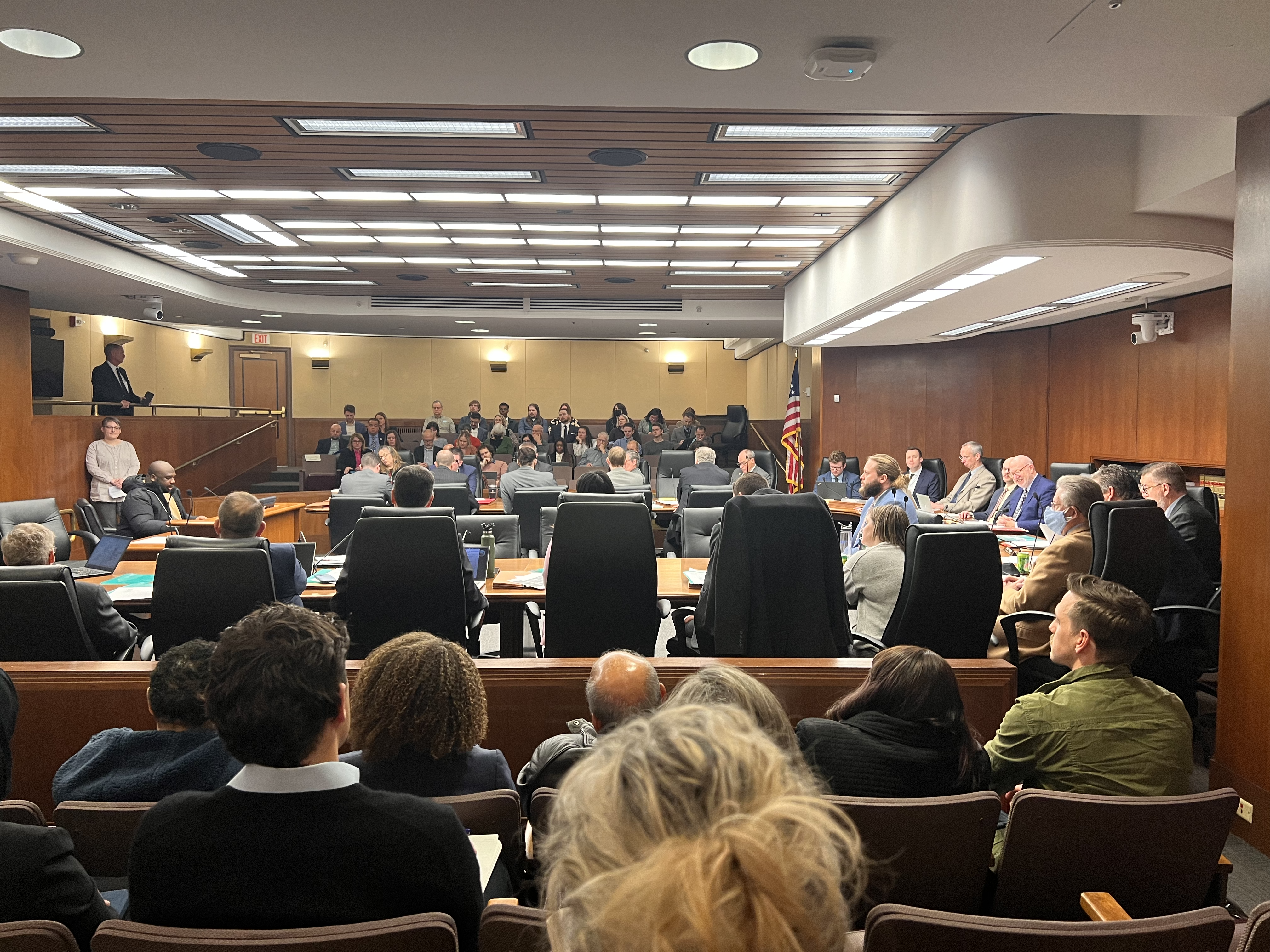A long time ago in a neighborhood not so far away from our own, there was a flourishing community that sadly met its demise during the construction of Interstate 94. The neighborhood was known as the Rondo community and was home to about 85% of St. Paul’s African American population.
This was largely due to redlining and many other egregious acts of systemic racism that have not only ravaged the Twin Cities but our nation as a whole. In the shadow of these massive freeways being erected lies communities torn asunder by their own governments.
In 1956, the fate of the Rondo community was tragically sealed by the Federal-Aid Highway Act of 1956, and the construction of I-94 went forward.
Over 600 families in this community lost their homes along with countless schools, businesses and parks in the region. The corridor that was designed for a faster commute for some destroyed the lives of many more, leaving them with few options thereafter.
Many of these families did not have any other areas to live in around the metro area due to the systemic racism gridlocking them into this one place. This is one of many reasons that Minnesota has one of the largest gaps in home ownership across the nation, with over 70% of white families owning homes compared to 29% of black families , a number that has nearly been cut in half since the construction of I-94.
This stretch of interstate also separates other vital neighborhoods in the Twin Cities such as Cedar-Riverside, Seward, Prospect Park, Macalester-Groveland, Hamline-Midway, Frogtown, Summit-University and overall divides the metro area.
Despite a major lack of support from the suburban areas, residents and politicians across the Twin Cities are advocating for a change to our outdated highway system. Groups such as Our Streets MPLS and Reconnecting Rondo have been campaigning for a change via social media as well as speaking in front of numerous political groups in the state.
The Minnesota Department of Transportation has acknowledged these concerns, and since the summer of 2023 they have been conducting studies to see if an alternative would better fit the surrounding area.
In this research they concluded that the average drive is only four minutes along this stretch, furthering the question if such a road is necessary inside the major cities. Originally, interstates were designed with the idea of getting people into cities quickly, with boulevards transporting the masses inside city confines.
Some of the notable alternatives to the expressway include installing ground level streets in its place similar to University ave or Hiawatha ave over in south. Another interesting plan brought forth by the Reconnecting Rondo board was to build a land bridge over a large stretch closer to downtown St. Paul.
This idea would allow for the express traffic to continue as it has along with revitalizing a community that unfairly was torn apart. This April stretches of St. Anthony and Concordia avenue will be renamed to Rondo Ave, a small step forward but nonetheless is a major step in restoring the area to its former prominence.
The interstate also poses a great health risk to those who reside close to it. People that live along the corridor stretch between the two cities have a life expectancy around five years more than the rest of the greater metropolitan area. The pollution and carbon emissions caused on this stretch is one of the worst in the nation, adding to the list of reasons to race to a cleaner alternative.
Interstates also promote a car centric and dependent society, leading people to pollute the planet more as well as alienating themselves from the world around them. Many glamorous cities across the United States were destroyed and repurposed for cars rather than people.
This has been one of the major flaws this country has faced while attempting unlimited growth through the means of capitalism. Proving time and time again that this system will do nothing but push humanity to the brink of extinction.
Story continues below advertisement















